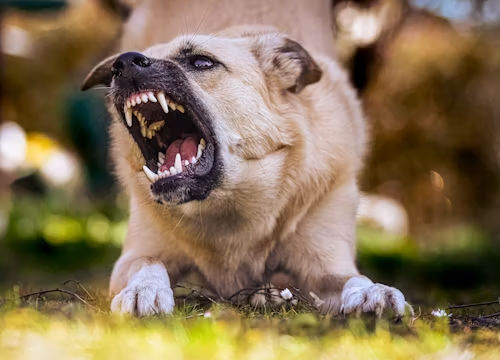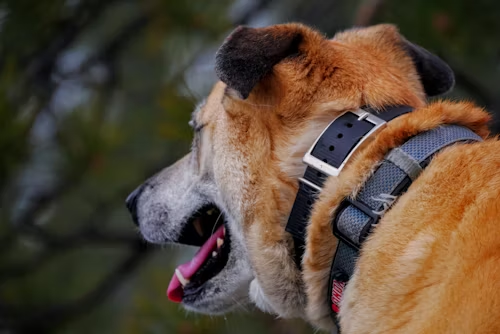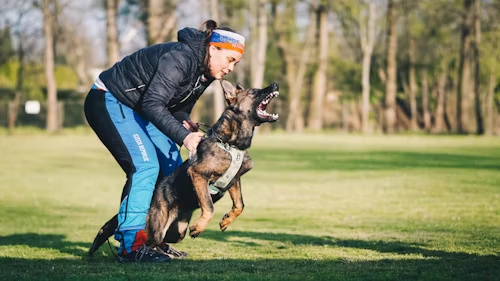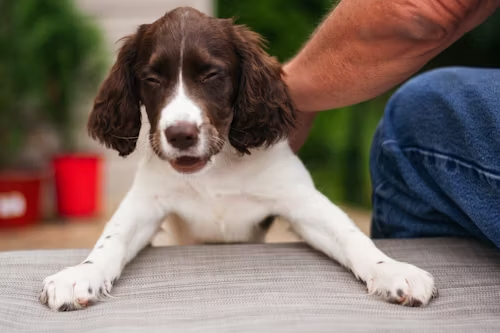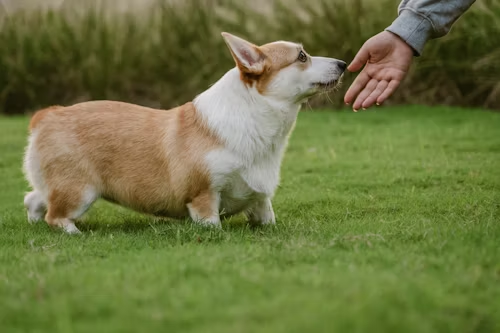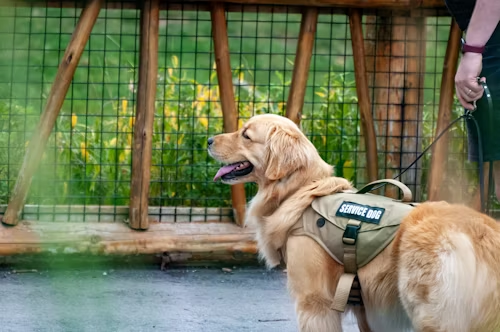If you’ve ever watched a well-behaved dog respond to commands with joy and precision, you might wonder how their owner made it look so easy. The secret often lies in a small but powerful tool called clicker.
Clicker training is one of the most humane, effective, and fun ways to train your dog. It builds trust, strengthens your bond, and helps your furry friend understand exactly what you want them to do.
In this guide, you’ll learn what clicker training is, how it works, how to use a clicker step by step, and common mistakes to avoid.
What Is Clicker Training?
Clicker training is a positive reinforcement method that uses a small handheld device called a clicker. When you press the clicker, it makes a distinct “click” sound.
This sound marks the exact moment your dog does something right like sitting, lying down, or coming when called. You immediately follow the click with a treat or reward.
Over time, your dog learns that the “click” means “I did something good!”, and they’ll repeat that behavior to earn more rewards. In essence, the clicker becomes a clear line of communication between you and your dog.
Why Use a Clicker for Dog Training?
There are several reasons trainers and dog owners love clicker training:
- Clear Communication: The click sound is consistent and distinct — unlike your voice, which changes tone and emotion. This helps your dog instantly recognize success.
- Faster Learning: Because the click precisely marks the correct behavior, your dog learns more quickly what earns rewards.
- Positive Reinforcement: Clicker training never uses punishment or fear. It focuses on rewarding good behavior, which builds trust and confidence.
- Fun for Both of You: Dogs enjoy the challenge and the rewards, and owners find the process engaging and rewarding too.
- Effective for All Dogs: Puppies, adult dogs, rescues, and even shy or anxious dogs can benefit from clicker training.
What You’ll Need to Start Clicker Training
Before you begin, gather a few essentials:
- A Clicker: Available at pet stores or online. Choose one with a comfortable grip and a clear, audible click.
- Treats: Small, soft treats your dog loves. The more irresistible, the better!
- Quiet Space: A distraction-free area to help your dog focus.
- Patience and Positivity: Training is about teamwork, not perfection.
Step-by-Step Guide: How to Use a Clicker for Dog Training
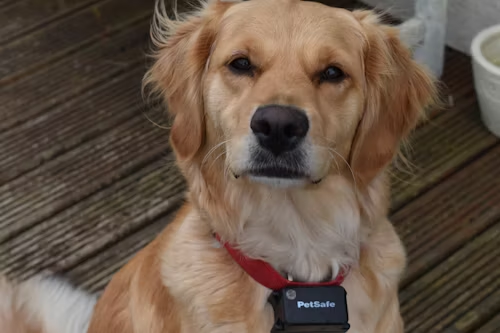
Let’s explain exactly how to start clicker training your dog.
Step 1: Charge the Clicker (Build the Association)
Before your dog can start clicker training, they need to learn what the click means. This process is called charging the clicker, and it teaches your dog that click = treat.
Find a quiet space and have some small, tasty treats ready. Press the clicker once, then immediately give your dog a treat. Repeat this about 10–15 times — click, treat, pause. Your dog doesn’t need to do anything yet; they’re simply learning that the sound is followed by something good.
When your dog starts perking up or looking for a treat after hearing the click, it means they’ve made the connection. Congratulations, your clicker is now charged, and your dog is ready for real training!
Step 2: Mark and Reward Desired Behaviors
Now that your dog understands that click = treat, it’s time to put the clicker to work. Watch for your dog to do something you like such as sitting down on their own. The instant their bottom touches the ground, press the clicker and give a treat right away.
Repeat this a few times until your dog begins sitting on purpose to earn the click and reward. Timing is everything here; the click should happen at the exact moment your dog performs the correct behavior. Think of it like taking a snapshot of the good action you want to encourage.
Step 3: Add a Verbal Cue
Once your dog reliably performs a behavior, you can start adding a verbal command. For example, say “Sit” right before your dog is about to sit. The moment they do, click and give a treat immediately.
Repeat this several times so your dog begins to connect the word “Sit” with both the action and the reward. Over time, your dog will respond to the verbal cue alone, even without the clicker.
Step 4: Practice in Short Sessions
Dogs learn best through short, focused training sessions that last about 5 to 10 minutes. Keep each session fun, positive, and rewarding to hold your dog’s attention. If your dog starts to lose focus or gets tired, simply take a break and try again later. Ending on a success helps your dog stay excited and confident for the next session.
Step 5: Phase Out the Treats (Gradually)
Once your dog has mastered a behavior, you don’t need to reward them every single time. Begin by clicking and treating every other success, then slowly reduce the frequency of treats.
As your dog becomes more consistent, you can replace food rewards with praise, petting, or playtime. The clicker can still be used to reinforce new or more challenging behaviors, but over time, your dog will respond happily just to your approval.
Example: Teaching “Come” with a Clicker
- Start in a safe, enclosed area.
- Call your dog’s name followed by “Come!” in a happy tone.
- When they turn toward you or start moving your way, click and treat.
- Gradually wait to click until they reach you.
This helps your dog associate coming when called with positive rewards, one of the most important behaviors for safety and obedience.
Advanced Clicker Training Ideas
Once your dog understands the basics, you can use the clicker to teach more advanced tricks or behaviors:
- Lie Down
- Stay
- Shake Paw
- Roll Over
- Touch (nose to hand or object)
- Leash Manners
Common Clicker Training Mistakes to Avoid
Even though clicker training is simple, small errors can confuse your dog. Here’s what to watch out for:
- Clicking Too Late: Timing is everything. If you click after your dog stops the behavior, they might think they’re being rewarded for something else.
- Forgetting to Treat After Clicking: The click must always be followed by a reward, at least while your dog is still learning.
- Using the Clicker as a Command: Don’t use the click to get your dog’s attention. It’s a marker, not a cue.
- Overtraining: Long sessions can frustrate your dog. Keep it short and upbeat.
- Inconsistency: Everyone in the household should follow the same training rules and use the same cues.
Tips for Better Results
- Be patient: Dogs learn at different speeds.
- Use high-value treats: Save special rewards for training sessions.
- Keep a positive tone: Training should always feel fun.
- End on success: Finish sessions when your dog performs well.
- Practice daily: Consistency helps lock in learning.
The Science Behind Clicker Training
Clicker training is based on operant conditioning, a psychological principle developed by B.F. Skinner.
It teaches that behaviors followed by positive outcomes are more likely to be repeated.
The click acts as a “bridge signal”, linking the desired behavior with the reward.
This scientific approach is widely used by professional trainers, animal behaviorists, and even zookeepers working with exotic animals.
Building Trust and Bond Through Clicker Training
One of the most rewarding aspects of clicker training is how it strengthens your relationship with your dog.
Because the method is kind, clear, and consistent, dogs become more confident and eager to learn.
They no longer fear making mistakes — instead, they focus on how to earn your approval.
This creates a stronger emotional connection built on mutual respect, understanding, and joy.
When to Expect Results
Many dogs start responding after just one or two short sessions, while others may take a few days to catch on.
Consistency is key. The more you practice, the faster your dog will associate the click with rewards and desired behaviors.
Troubleshooting Common Problems
| Problem | Possible Cause | Solution |
|---|---|---|
| Dog ignores clicker | Clicker not charged properly | Rebuild association: click → treat 10–15 times |
| Dog loses interest | Sessions too long or treats unappealing | Keep sessions short and use better rewards |
| Dog only obeys when treats are visible | Fade out treats gradually | Randomize rewards and add praise/play |
| Dog gets overexcited | Too much stimulation | Use a calm environment and soothing tone |
Frequently Asked Questions (FAQ)
1. Can I use a clicker on an older dog?
Absolutely. Age doesn’t matter, as long as your dog can hear the click, they can learn through positive reinforcement.
2. Do I always need to carry the clicker?
Only during training sessions. Once your dog learns a command, verbal praise can replace the clicker.
3. Is clicker training safe for all breeds?
Yes. It’s gentle and effective for all breeds, sizes, and temperaments.
4. Can I make my own clicker?
You can use any device that makes a quick, distinct sound like a pen click — though dedicated clickers are designed for consistency.

